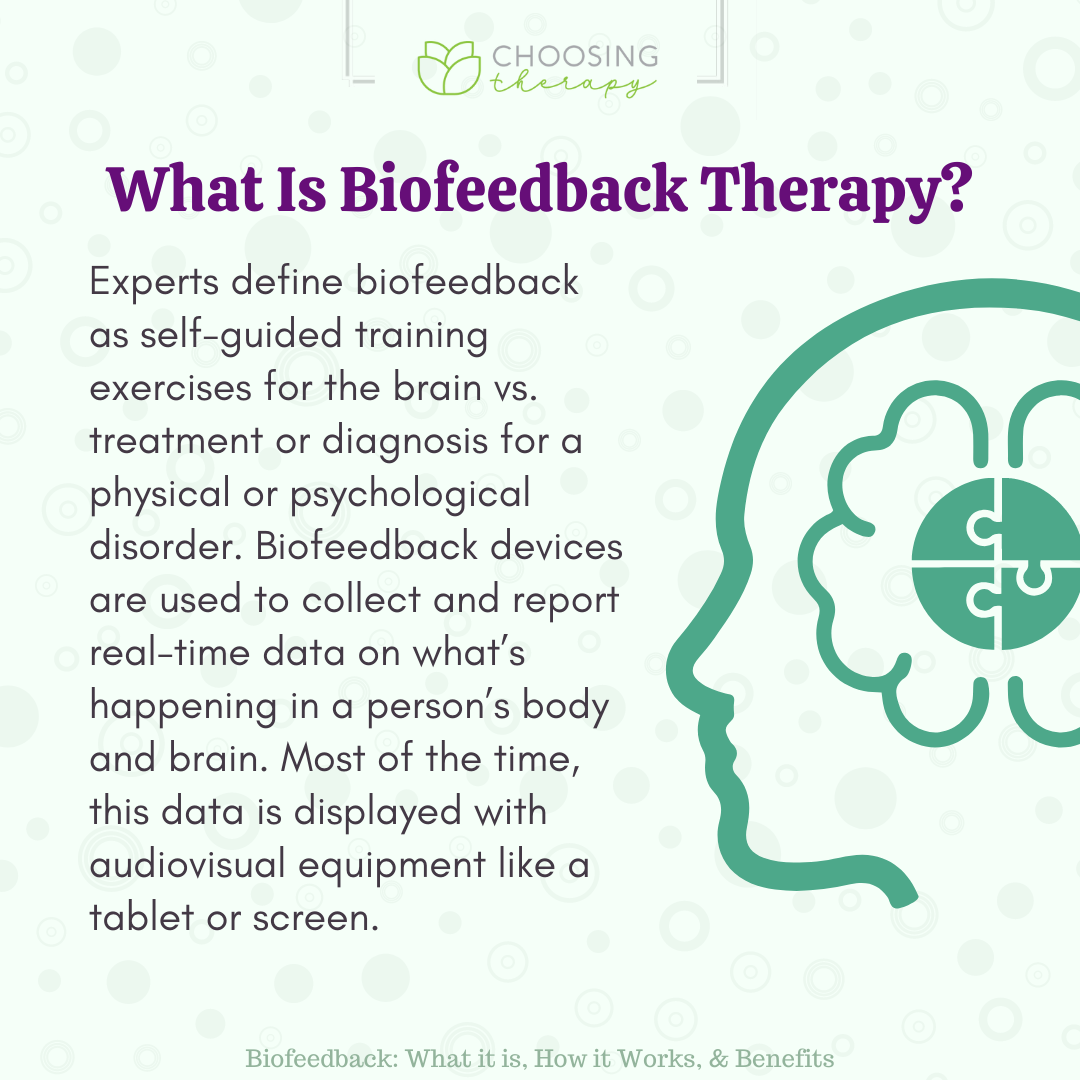Harnessing the Power of Bio Feedback to Revolutionize Chronic Discomfort Management and Enhance Standard of Life
Harnessing the Power of Bio Feedback to Revolutionize Chronic Discomfort Management and Enhance Standard of Life
Blog Article
Chronic discomfort is a syndrome that affects countless of people around the globe. It can be caused by multiple factors, including traumas, illnesses, or even stress. For many patients, managing chronic pain can be a constant struggle that affects their quality of life. Traditional treatments often consist of medications, physical therapy, and sometimes surgery. However, these methods do not always offer the relief that individuals seek. Lately, biofeedback has emerged as a promising option for controlling chronic pain and enhancing overall well-being.
Biofeedback is a technique that teaches patients how to control specific bodily processes by using indicators from their own bodies. This method includes using sensors that monitor physiological responses such as heart rate, muscle tension, and skin temperature. By providing immediate feedback, individuals can discover to recognize their body's reactions to pain and stress. This awareness allows them to develop strategies to handle their pain more efficiently. For instance, if a person observes that their muscle tension increases when they are in pain, they can practice relaxation strategies to help reduce that tension.
One of the primary advantages of biofeedback is that it enables individuals to take an proactive role in their pain control. Instead of relying solely on drugs or treatments from medical providers, patients can gain to comprehend and regulate their own physiology. This feeling of control can lead to enhanced confidence and a more optimistic outlook on life. Many patients indicate feeling more in control of their pain and biofeedback for mental fitness less like victims of their syndrome. This change in perspective can significantly enhance their quality of life.
Research has shown that biofeedback can be effective in reducing chronic pain indicators. Research suggest that individuals who use biofeedback techniques often undergo less pain and better physical ability. Additionally, biofeedback can help lessen anxiety and stress, which are frequent issues for those living with chronic pain. By tackling both the physical and emotional aspects of pain, biofeedback provides a holistic approach to pain control. This integrated method can lead to superior outcomes for individuals, allowing them to participate more completely in their daily activities.
In conclusion, biofeedback is a valuable tool for transforming chronic pain management. By teaching individuals to understand and control their physiological responses, biofeedback empowers individuals to take control of their pain. This approach not only helps reduce pain but also enhances overall quality of life. As more individuals seek options to traditional pain management methods, biofeedback stands out as a potential solution. With continued investigation and awareness, biofeedback could become an essential part of chronic pain treatment, helping patients lead more fulfilling, more satisfying lives.